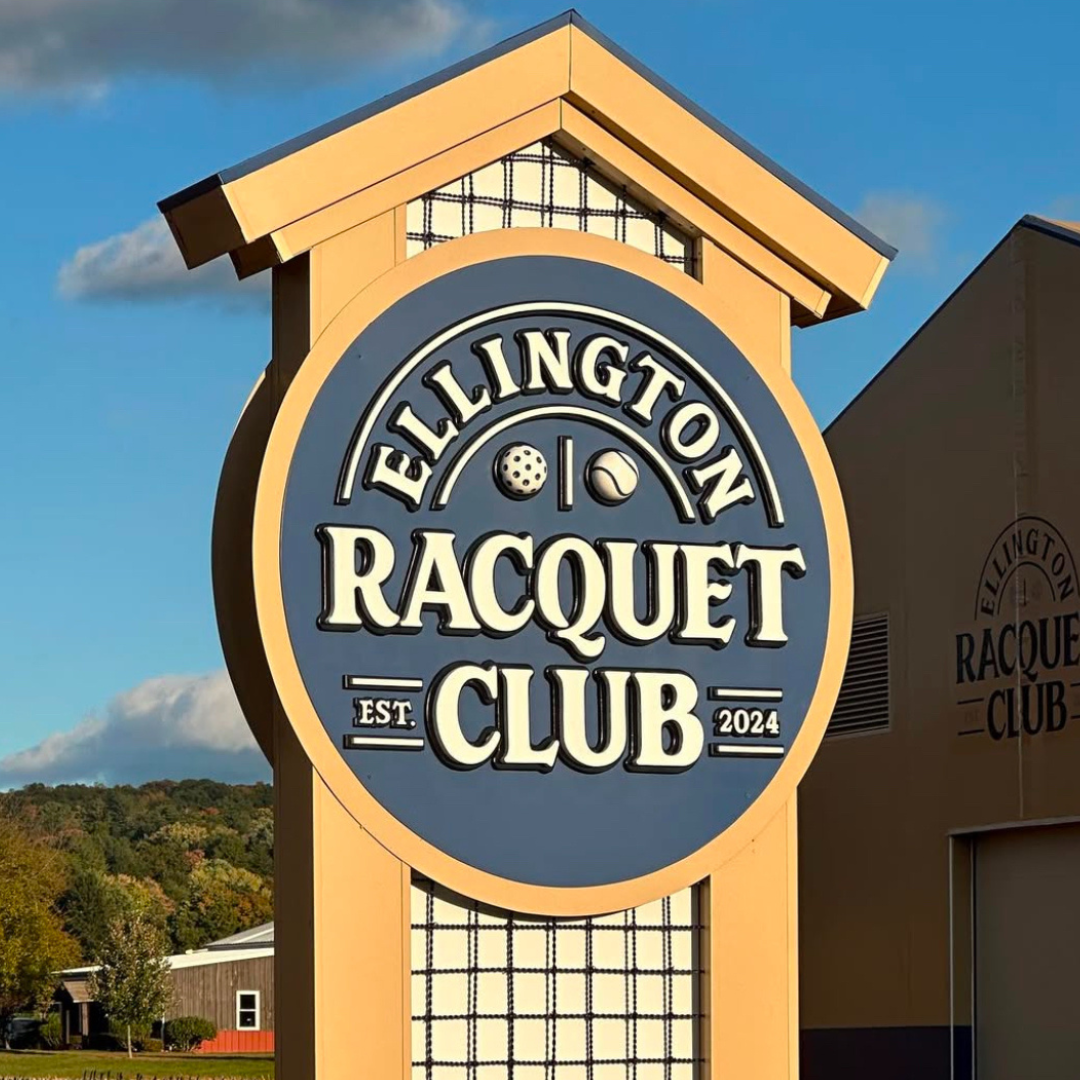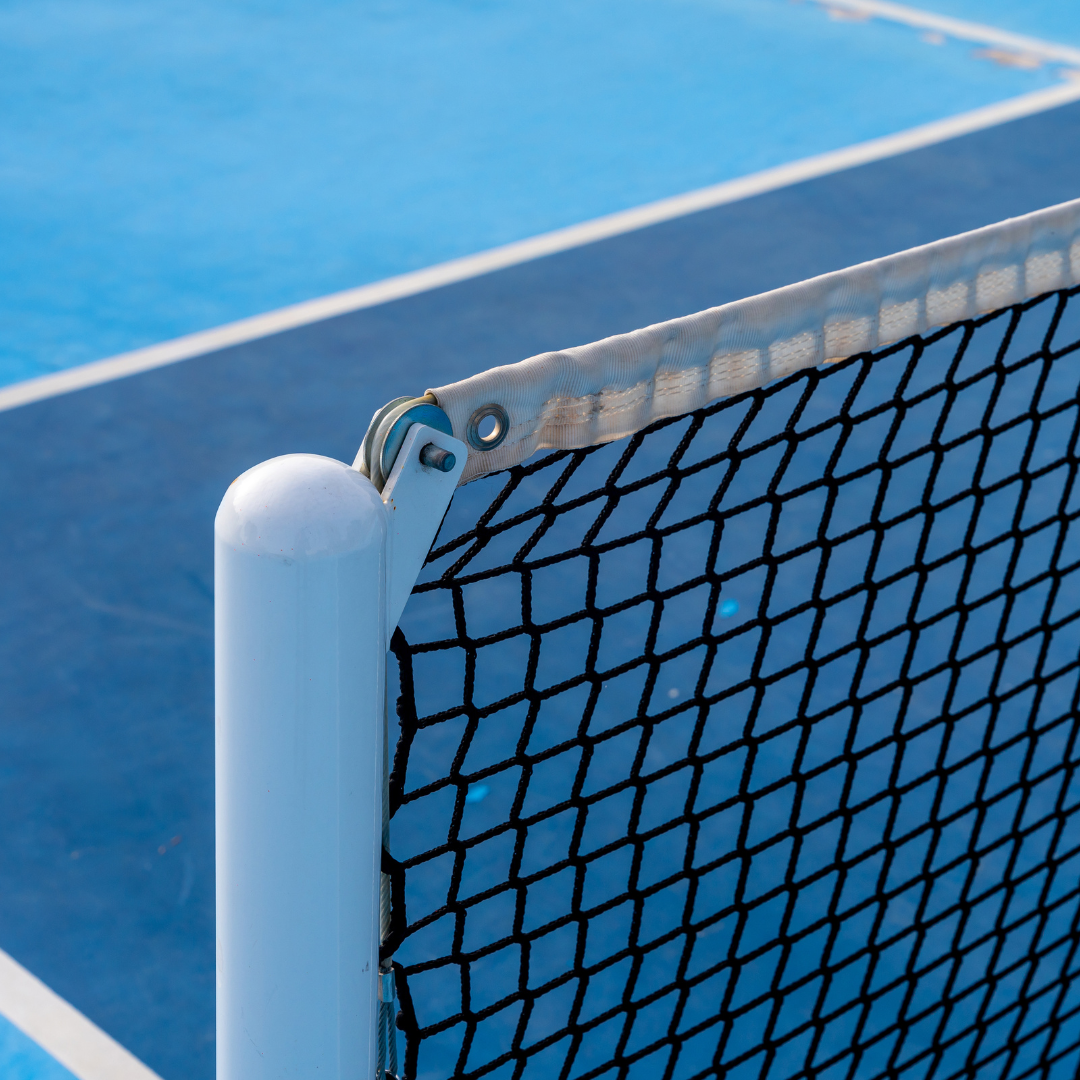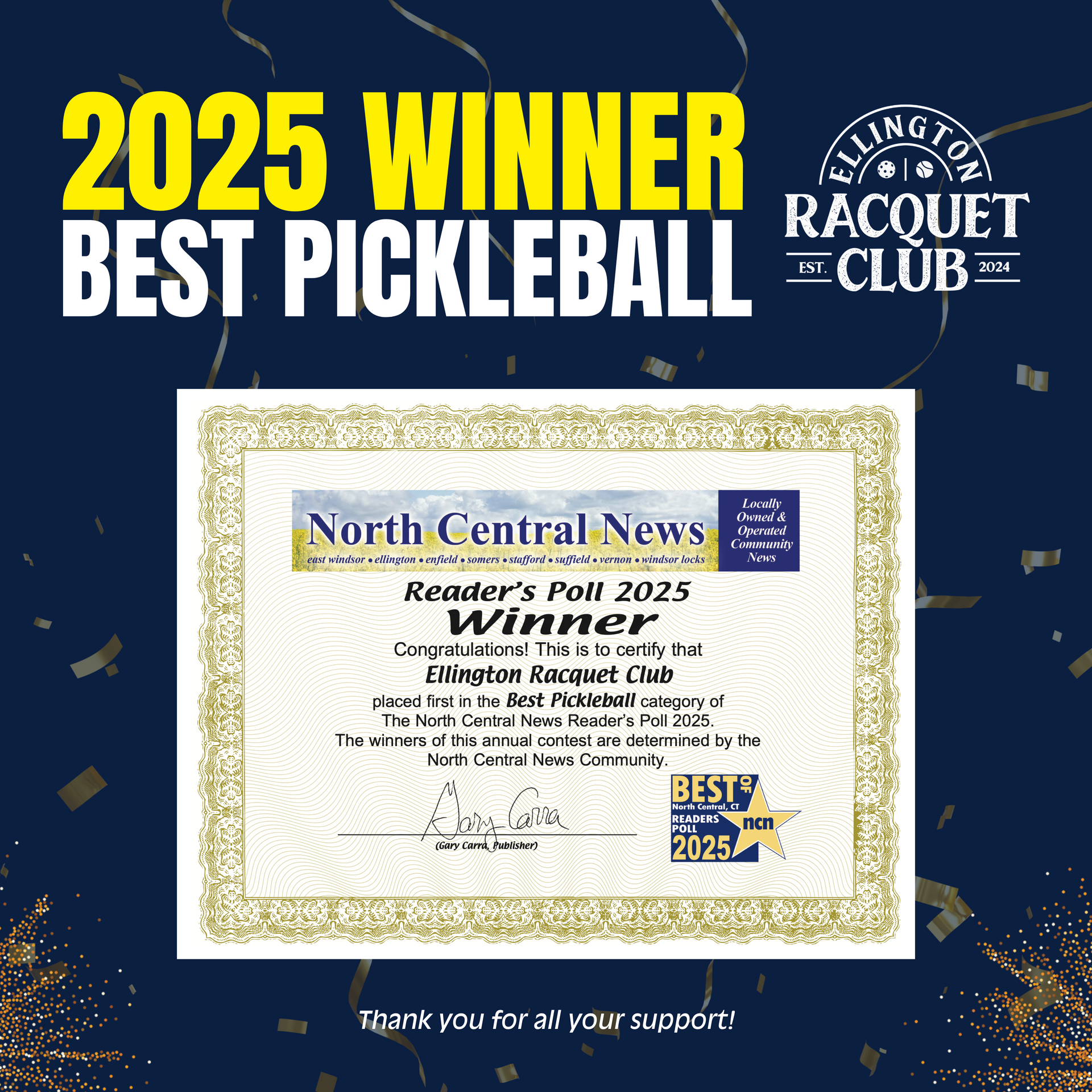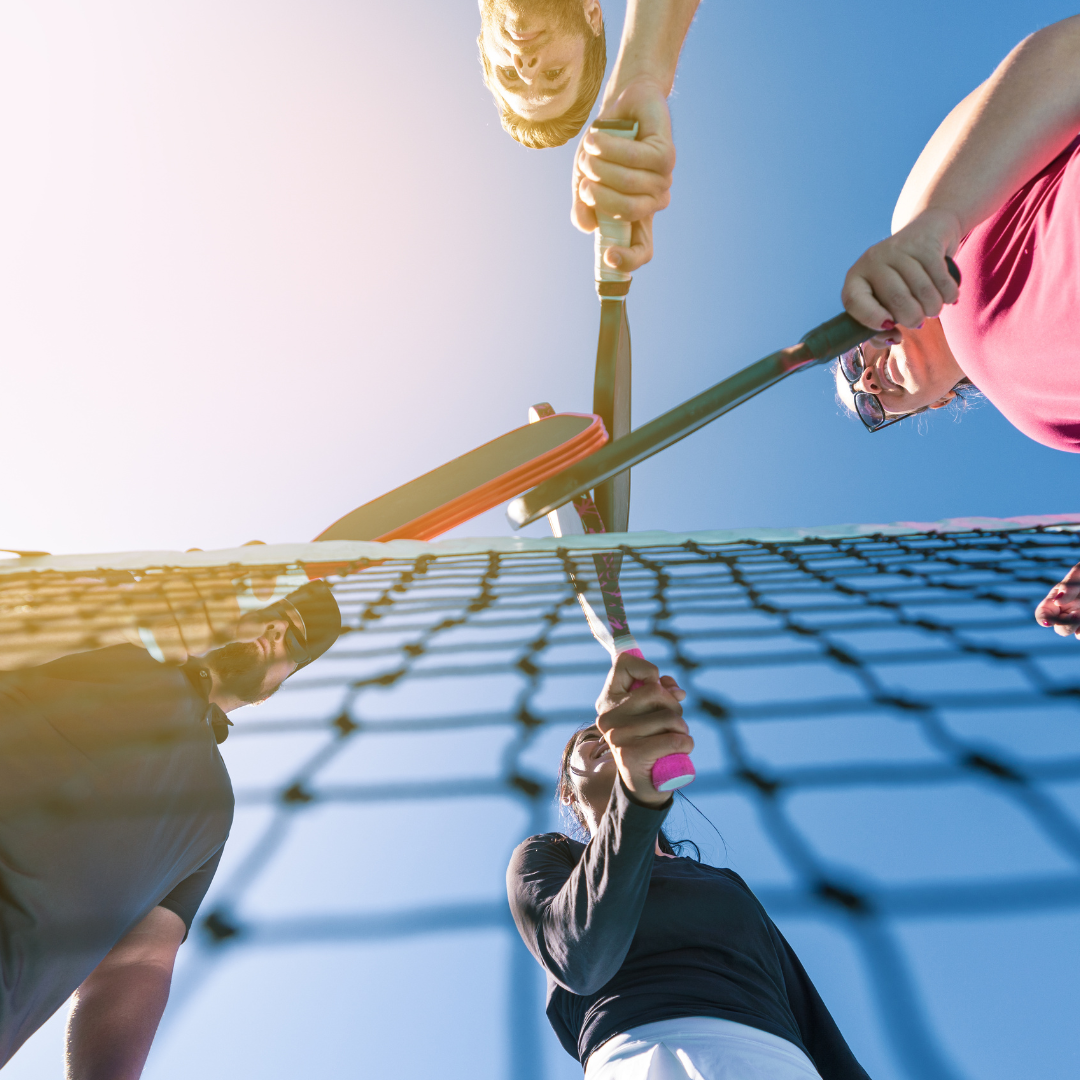How Do You Play Pickleball? A Beginner’s Guide to Rules and Scoring
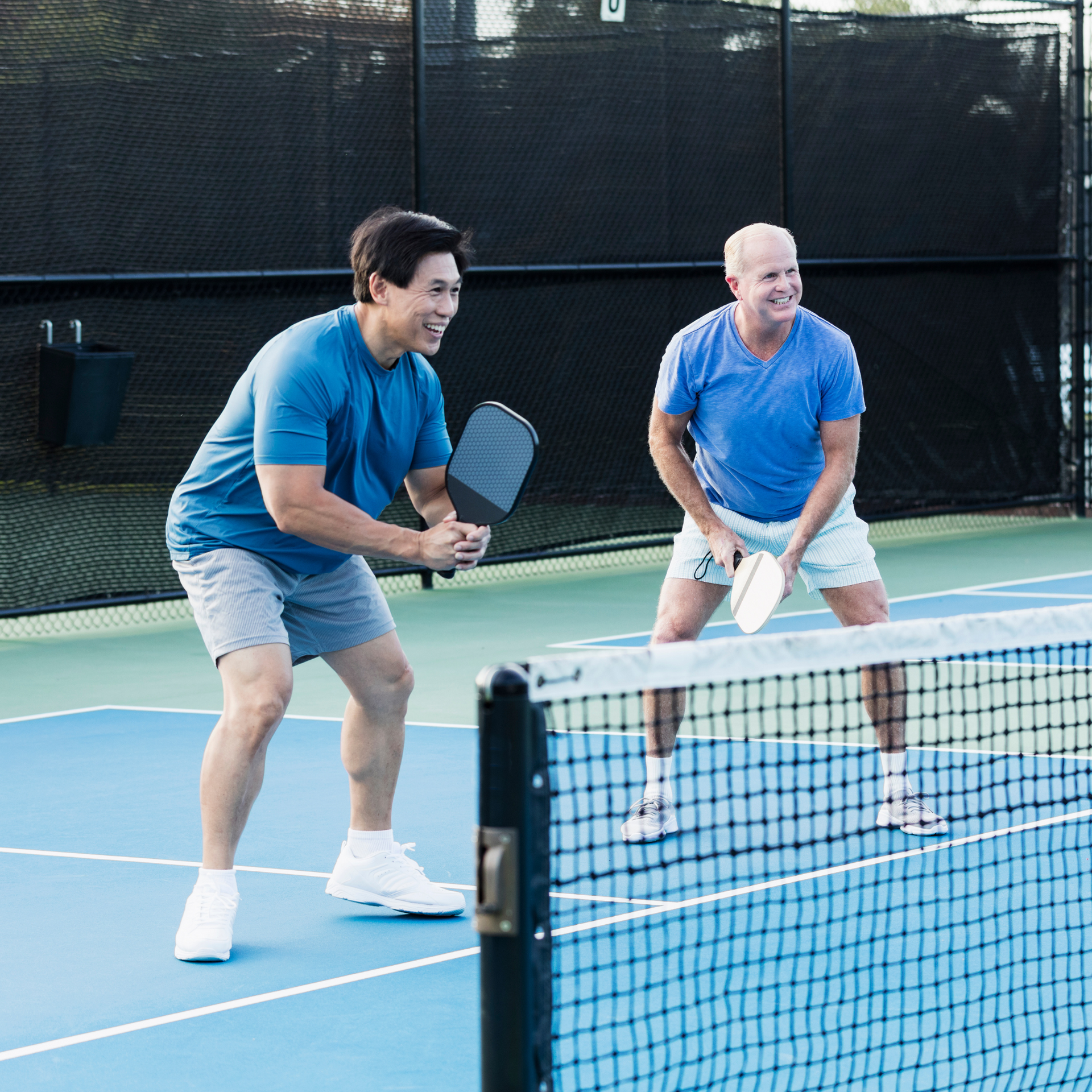
Published by Ellington Racquet Club | Ellington, Connecticut
What Is Pickleball?
Pickleball is a paddle sport—but it’s really a community sport disguised as a game. Imagine if tennis, ping pong, and badminton all had a low-impact, highly addictive child who loved doubles matches and social banter. That’s pickleball.
Played on a court about a quarter the size of a tennis court, pickleball uses a perforated plastic ball (think wiffle ball) and a solid paddle. Because the court is smaller and the pace is easier on the joints, players of all ages—from kids to grandparents—can play competitively without needing to sprint or slam every shot.
The game is fast-paced but accessible. Beginners can pick it up in 15 minutes, but mastering it takes strategy, quick reflexes, and a good sense of humor.
What makes pickleball stand out is the balance of challenge and fun. It rewards precision over power, placement over pure speed, and strategy over brute strength. That’s why it’s caught fire with everyone from retired athletes to first-time players looking for a fun workout.
At Ellington Racquet Club, we see it happen every day—people show up curious, and end up hooked. Whether you’re here to compete or just laugh and move, pickleball has a way of pulling you in.
Basic Pickleball Rules (Explained Simply)
If you’re new to the game, don’t worry—pickleball rules are surprisingly easy to learn. That’s one reason it’s so popular. But while the game is approachable, it still has a few unique quirks that make it different from other racket sports. Here’s everything you need to know to get started confidently.
1. The Serve
- How to Serve: All serves must be hit underhand (with the paddle below the waist) and served diagonally cross-court.
- Where to Serve From: Stand behind the baseline, with both feet behind the line until the ball is struck.
- No Second Chances: You get only one serve attempt per rotation—unless the ball hits the net and still lands in the correct service box (called a let), in which case you replay the serve.
- The Ball Must Bounce: The serve must land in the opposite diagonal service box, past the non-volley zone.
2. The Double Bounce Rule
- After the serve, the receiving team must let the ball bounce once before hitting it.
- Then the serving team must also let it bounce once on their return.
- Only after these two bounces can players start hitting volleys (balls out of the air).
This rule prevents the serve-and-smash game seen in tennis and helps keep rallies going longer—great for beginners.
3. The Non-Volley Zone (a.k.a. “The Kitchen”)
- The kitchen is a 7-foot zone on either side of the net where volleys are not allowed.
- You can’t hit the ball in the air while standing in the kitchen, even if you lean in or step on the line.
- You can step into the kitchen to hit a ball that has bounced—but you must exit before volleying again.
This rule keeps things fair and strategic. It discourages players from crowding the net and smashing down on every shot.
4. Scoring in Pickleball
- Points are scored only by the serving team.
- Games are typically played to 11 points, and you must win by 2 points (e.g., 11–9 or 13–11).
- In doubles, each team gets two serves per turn—one per player—except for the first serve of the game, which only allows one server.
- The score is called out as three numbers: your score, your opponent’s score, and whether you’re the first or second server on your team (e.g., “6–4–2”).
5. Other Helpful Rules to Know
- Lines Are In: If the ball touches any part of the line, it’s considered in.
- Faults: A fault ends the rally. Common faults include hitting the ball out, failing to clear the net, volleying from inside the kitchen, or double-bouncing the ball.
- Switching Sides: In doubles, players switch sides of the court only after winning a point on serve.
Pickleball Is Easier Than You Think—Join Us
Whether you're picking up a paddle for the first time or returning after a break, pickleball is a sport that welcomes everyone. It’s easy to learn, surprisingly strategic, and a great way to stay active without the pressure of high-intensity sports. Most importantly, it’s fun—and that’s what keeps players coming back. Once you get the hang of the rules, you'll find yourself hooked on the pace, the laughs, and the community that makes the game so special.
If you’re ready to give pickleball a try, Ellington Racquet Club offers beginner-friendly open play, private lessons, and clinics designed to help you feel confident on the court. We provide the paddles, the space, and the coaching—you just show up. Call us at 860-962-9641 or email info@ellingtonracquetclub.com to learn more or reserve your spot today. Let’s get you in the game!
